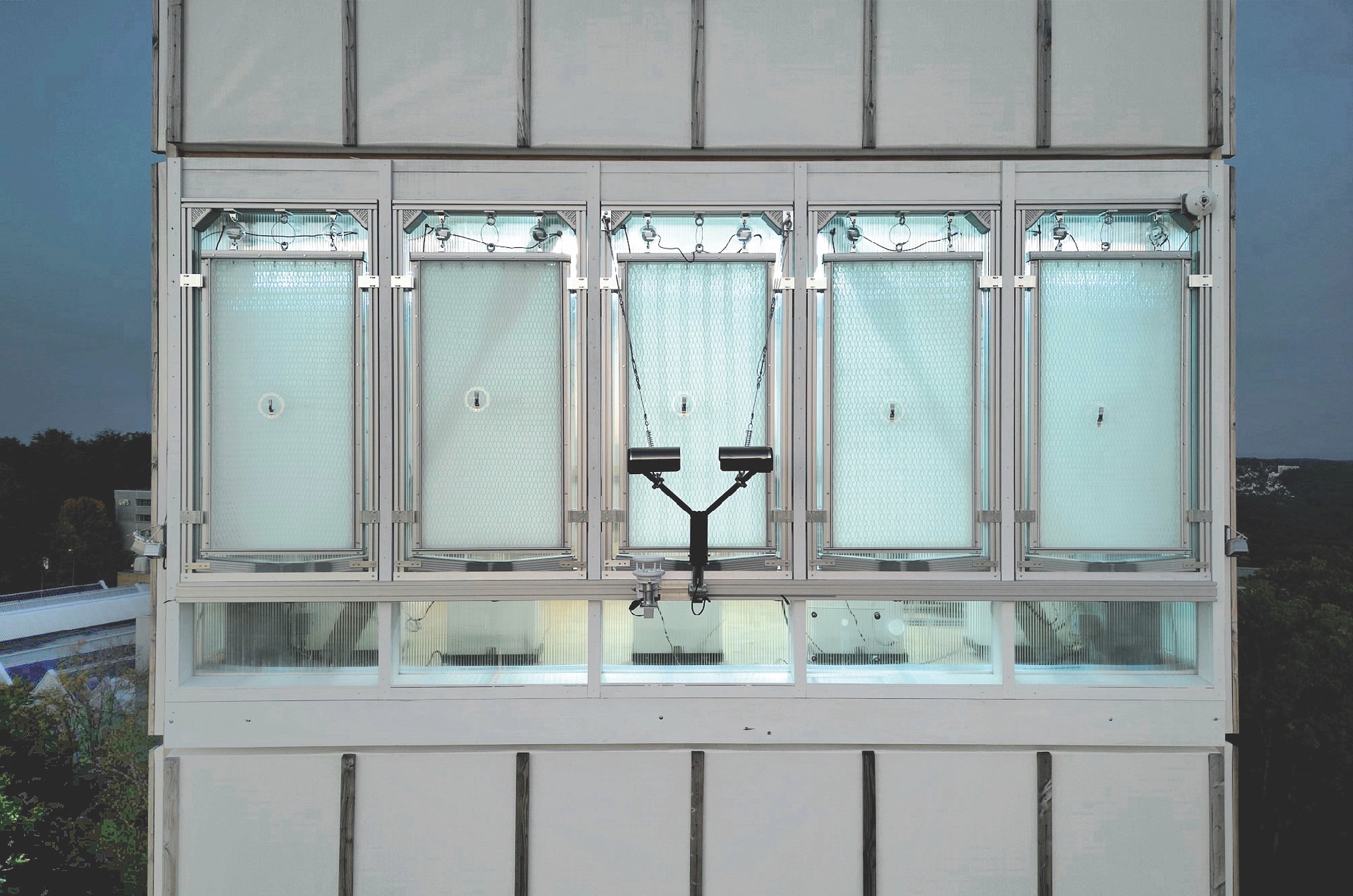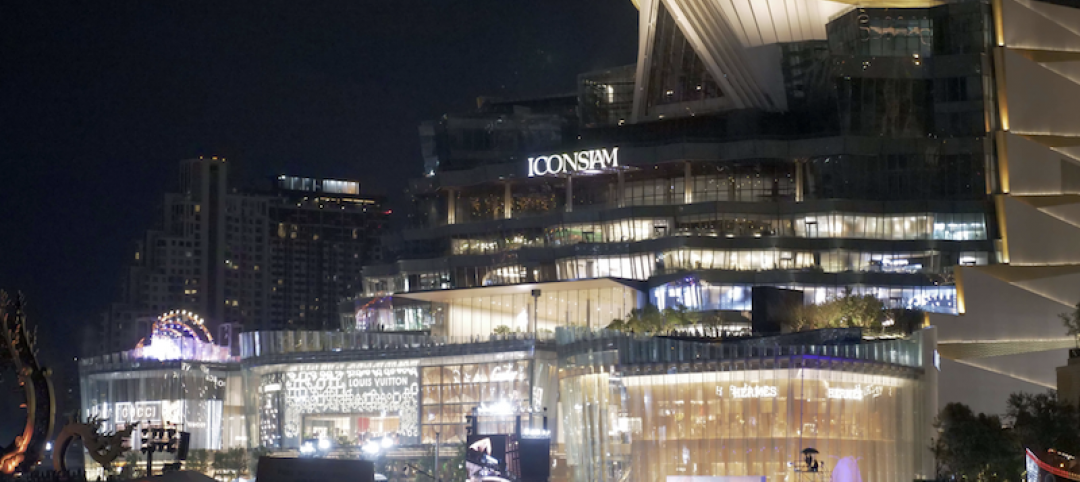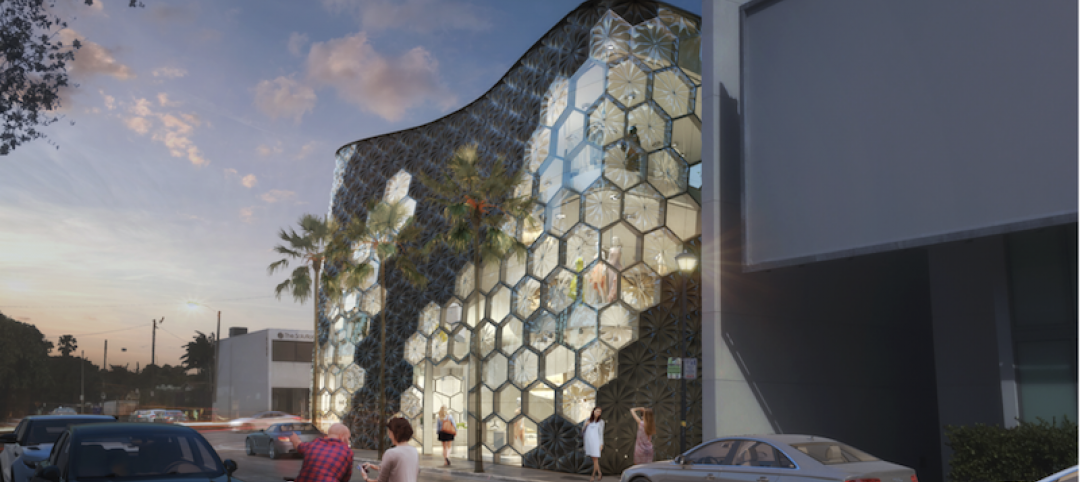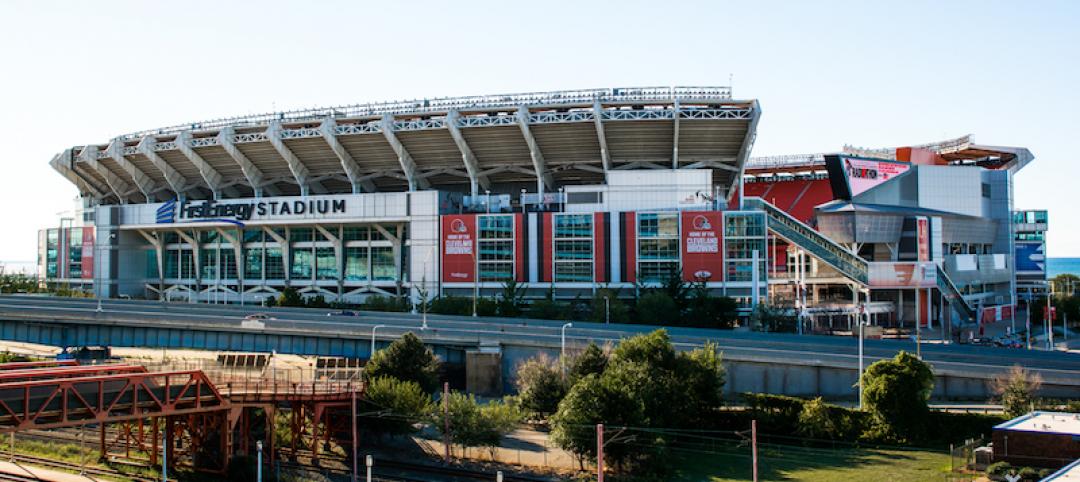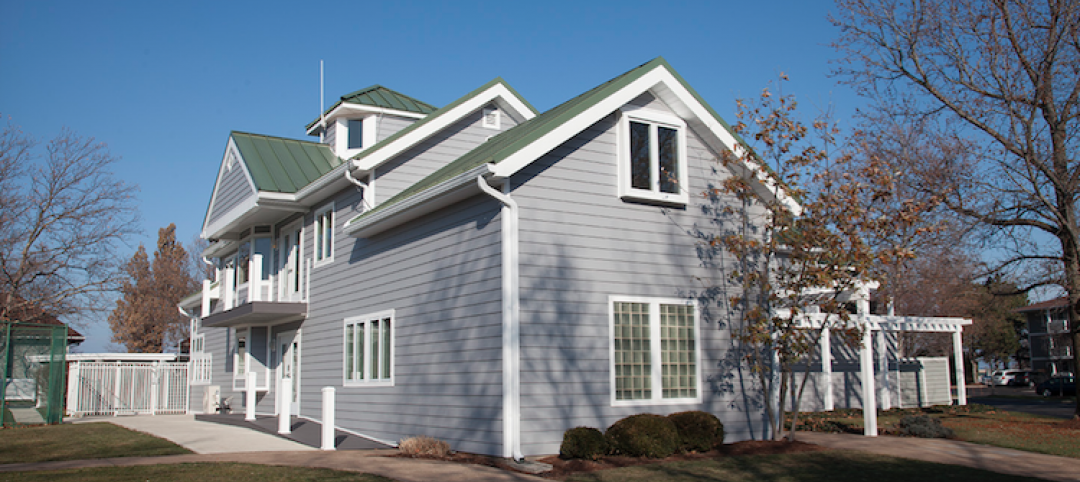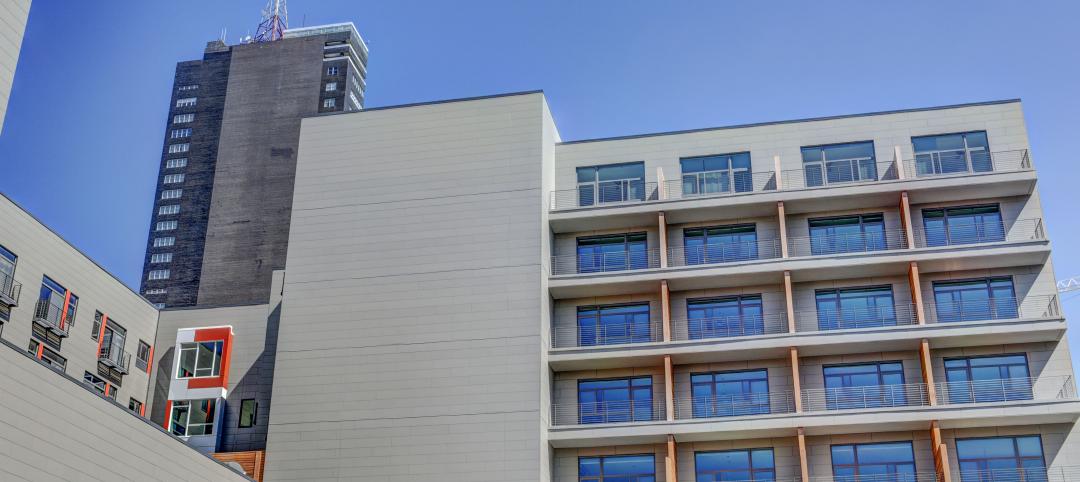Global urbanization and densification are giving rise to new thinking about how design can lower the impact of buildings on the heating of the planet. This is particularly true of high-rise buildings with glass façades that get scalding hot and generate heat islands. On buildings and other sealed surfaces, only about 10% of any rainwater that hits them evaporates; the rest of that precipitation typically ends up running into sewer systems in volumes that increasingly are leading to flooding.
One design and engineering solution to these problems is being explored at the University of Stuttgart in Germany, where researchers last October presented what they claim is the first hydroactive façade that moderates the temperature of exterior walls and interiors of buildings by absorbing rainwater that the system releases on hot days for evaporative cooling.
“It’s a milestone in the adaptation of the built environment to the urgent challenges of our time,” proclaims Christina Eisenbarth, a Research Assistant at the university’s Institute of Lightweight Structures and Conceptual Design (ILEK), and the façade’s inventor.
Dubbed HydroSKIN, the façade consists of an external, multilayered 3D textile that acts as a water collector and evaporator. Here’s how it works, according to research abstracts that ILEK released last fall:
- Its first layer is a water-permeable mesh or knitted fabric facing the outside that lets water in and filters out impurities and insects.
- A second inner layer is a water-transporting spacer fabric whose pile threads mobilize incoming and outgoing water and provide an open porous structure with a large surface area for air circulation and facilitating evaporation.
- A third layer can be integrated into the system to optimize water storage and evaporation performance. A water-bearing fourth layer, which might be a foil, is on the inside and provides water drainage and collection.
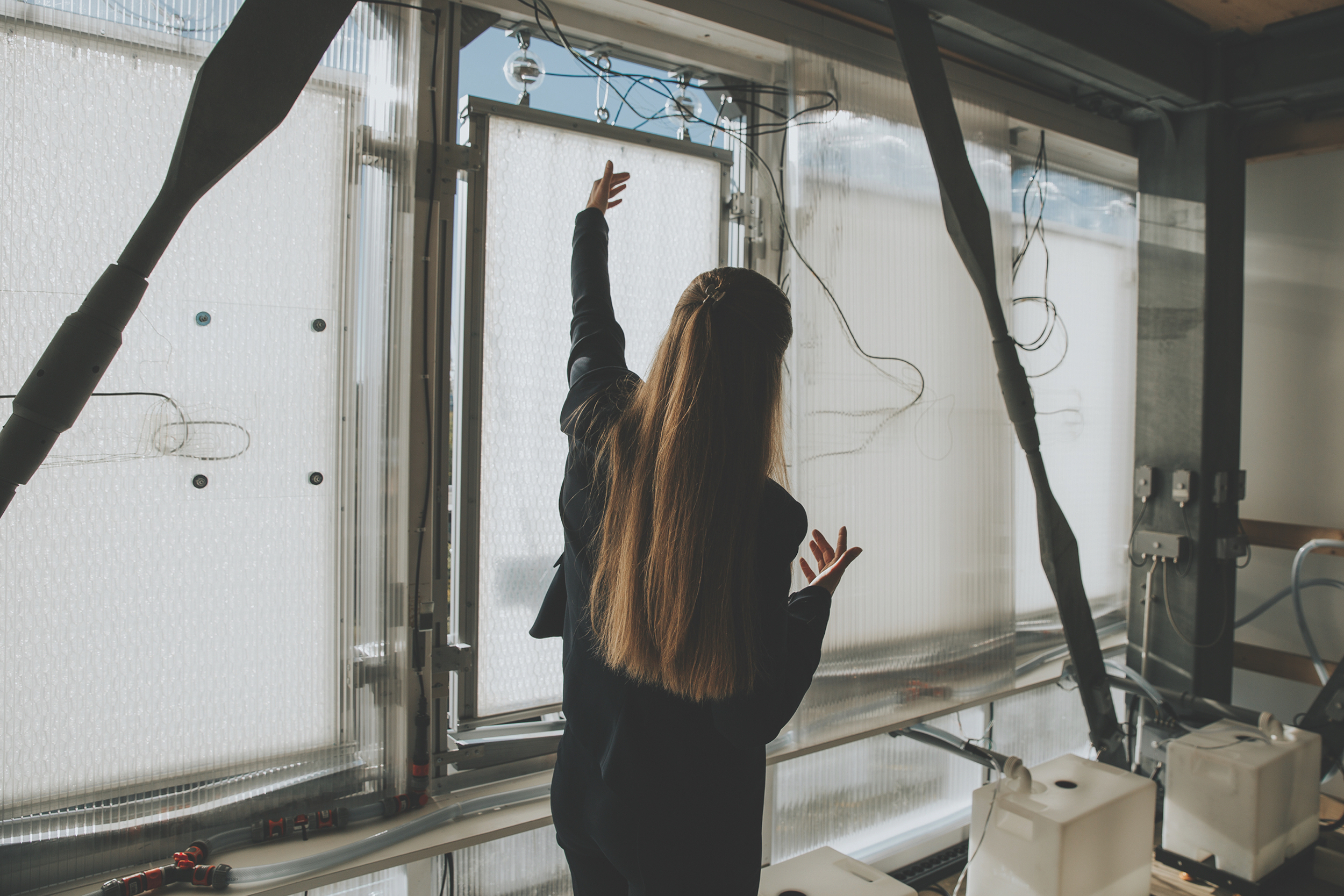
The layers are assembled by a force fit and are fixed into a frame profile by means of a waterproof Keder fabric.
The thickness of the textile- and film-based envelope system can vary between 20 and 60 mm, depending on environmental conditions and performance requirements. Depending on wind-driven rain yields, the depth of the frame profile’s water supply and discharge conduits might range from 50 to 100 mm.
HydroSKIN is well suited for high-rise buildings
Researchers have tested their concept in the lab and on buildings in Stuttgart and Singapore. At press time Eisenbarth was in Australia preparing to test HydroSKIN on buildings in Sydney.
The findings so far support the efficiency of the façade and its potential for high-rise buildings. For example, research found that above building heights of 29 meters, the total square-meter-related wind-driven-rain (WDR) yields striking a façade surface exceeded vertically falling precipitation yields per square meter. In other words, more rain can be absorbed by the façade than by a roof surface of the same size, and this disparity becomes even more pronounced at higher elevations.
In lab tests, researchers demonstrated a temperature reduction of about 10 degrees due to the effects of evaporation via HydroSKIN. Initial measurements last September on the world’s first adaptive high-rise building, at the University of Stuttgart’s Vaihingen campus, “suggest the cooling potential is even significantly higher,” says Eisenbarth.
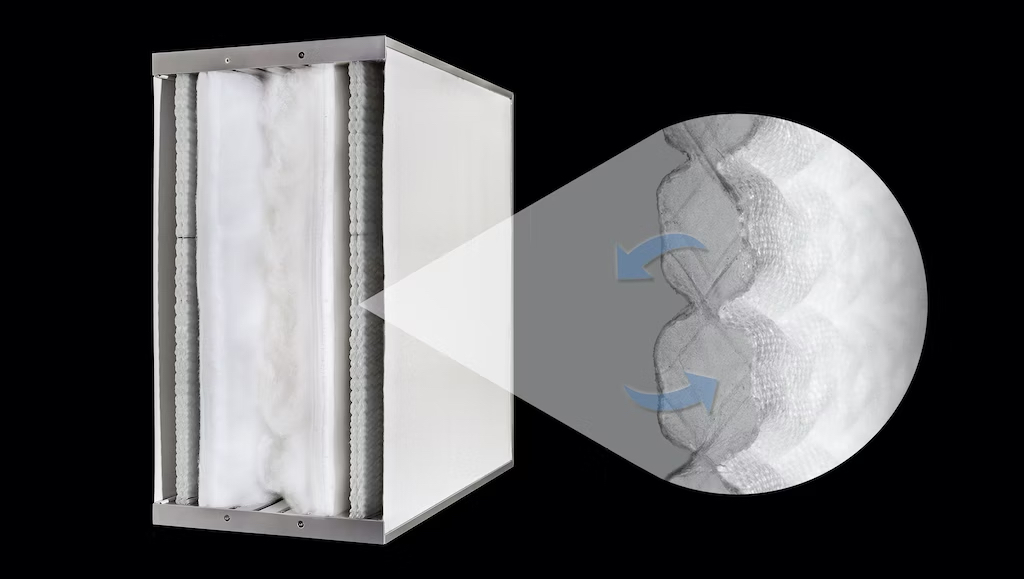
Last year, a prototype installation and meteorological evaluation of five different HydroSKIN prototypes was conducted on the 10th level of this 12-floor, 36.5-meter campus high-rise. In 2023, there will be further testing of HydroSKIN on the building’s 9th level in combination with a unitized glass façade that will integrate textile insulation and other functional layers into the system.
BD+C was unable to ascertain how close HydroSKIN is to becoming commercially viable. (The results from the testing in Australia should be ready sometime this summer, says Dr. Walter Haase, ILEK’s Managing Director and Head of Working Groups.) But it is ILEK’s contention that this system could be retrofitted onto any façade surface of new or existing buildings.
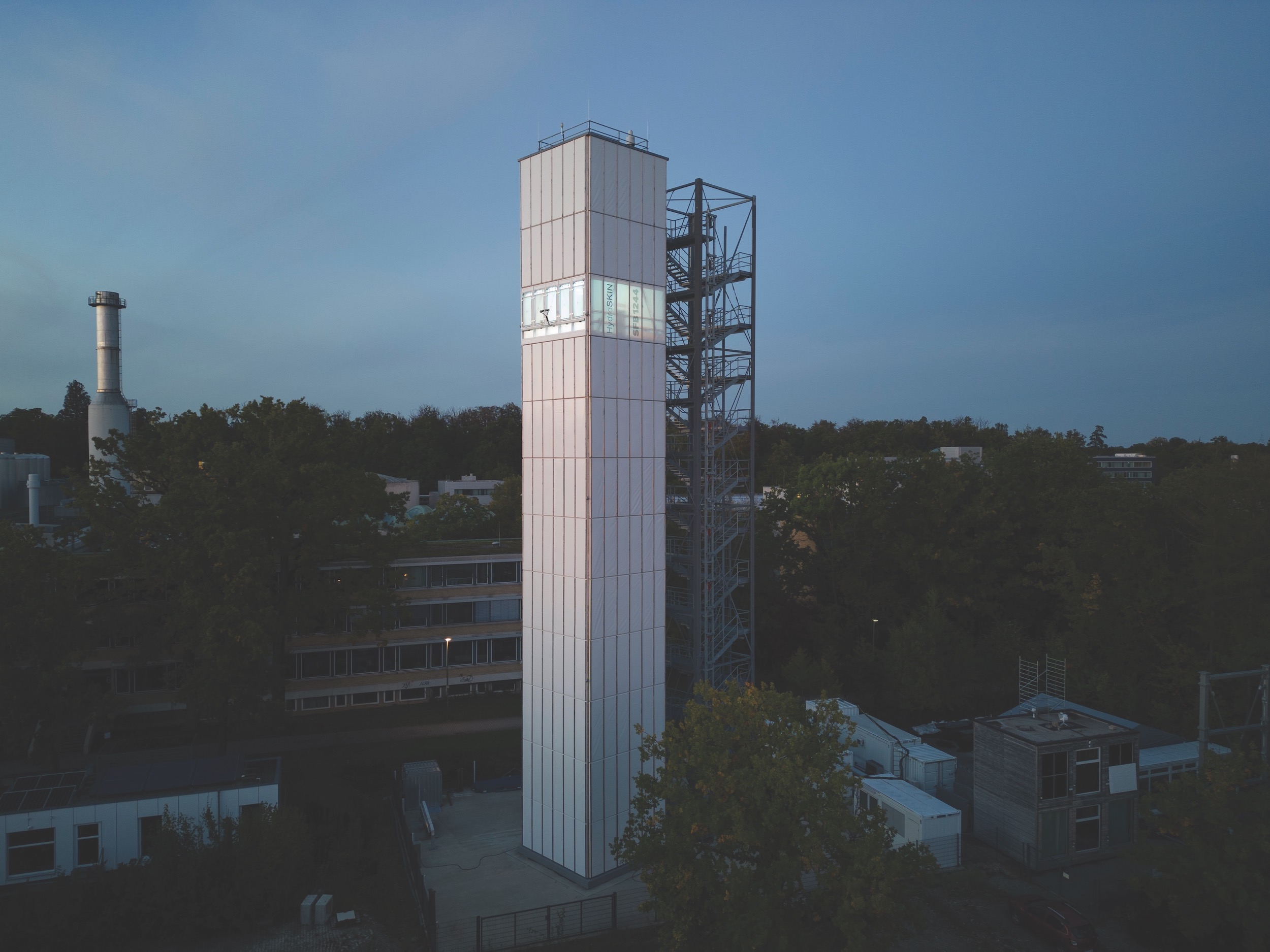
For one thing, its mass—between one kilogram per square meter dry to five kg/sm saturated—compares favorably to other façade infill materials such as cellular concrete (~150 kg/sm), wood-panel construction (~125 kg/sm), thermal insulation composite systems (~63 kg/sm), or even triple glazing (~45 kg/sm). In addition, HydroSKIN is designed to be aesthetically unobtrusive, and its layers are framed in a profile that allows for easy disassembly and recycling of all components.
While HydroSKIN’s long-term suitability has yet to be proven, ILEK has manufacturers lined up to make it, says Eisenbarth.
Related Stories
Cladding and Facade Systems | Dec 14, 2018
Bangkok’s latest mega shopping mall features one of the world’s longest pillarless all-glass facades
Iconsiam’s completion required special glass and installation techniques.
Office Buildings | Jul 25, 2018
New study on occupant comfort advances Saint Gobain’s design approach for renovation and new construction
The building products giant gauges its employees’ perceptions of old and new headquarters environments.
Sponsored | Cladding and Facade Systems | Oct 5, 2017
Richland Two Institute of Innovation
Five colors of metal wall panels highlight design of multigenerational learning center.
Retail Centers | Jul 24, 2017
Miami retail structure’s honeycomb façade fluctuates between opacity and transparency
The building will rise three stories in Miami’s Design District.
Cladding and Facade Systems | Jul 20, 2017
FirstEnergy Stadium, home of the Cleveland Browns, may be covered in the same cladding as Grenfell Tower, AP reports
A luxury Baltimore hotel, a mixed-use building in Denver and an Alaskan High School may also have used the cladding.
Cladding and Facade Systems | Jul 14, 2017
Angular observatory uses zinc panels to gain unobstructed view of night sky
The observatory’s pattern of lock-seamed zinc cladding alternates between the irregular site topography and the building’s geometry.
| Jun 13, 2017
Accelerate Live! talk: Next-gen materials for the built environment, Blaine Brownell, Transmaterial
Architect and materials guru Blaine Brownell reveals emerging trends and applications that are transforming the technological capacity, environmental performance, and design potential of architecture.
Products and Materials | Apr 10, 2017
Composite siding revivifies Ohio luxury community
Following severe hailstorm damage, this Sandusky, Ohio, community replaces its high-maintenance cedar siding with a composite solution.
Sponsored | Cladding and Facade Systems | Oct 11, 2016
Nichiha helps breathe life into Philadelphia mixed-use project
Blackney Hayes Architects undertook a project to restore and modernize an existing mid-rise building on Chestnut Street, located near Thomas Jefferson University, and turn it into an expansive mixed-use space.
Sponsored | Cladding and Facade Systems | Sep 15, 2016
Healing has a new home: Parkland Hospital
ALPOLIC® materials contribute to a life-affirming experience.


